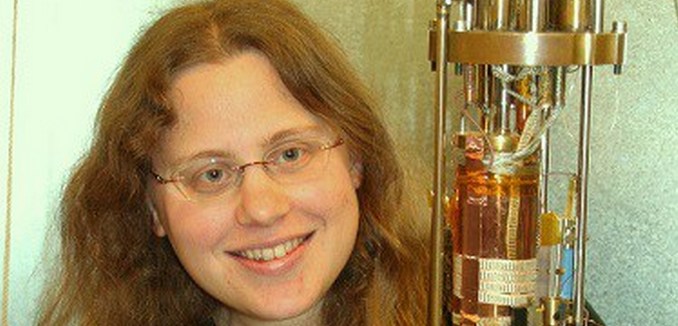How can a desktop-sized computer outperform today’s massive supercomputers? If it’s run according to the principles of quantum physics.
A new internationally funded project headed by an Israeli physicist from Bar-Ilan University’s Institute for Nanotechnology and Advanced Materials may provide just the quantum leap required.
Bar-Ilan’s Beena Kalisky, whose lab develops highly sensitive sensors for measuring magnetic fields, is working with researchers in France, Italy, the Netherlands, Spain and Sweden on the project (dubbed Quantox for “Quantum Technologies with 2D-Oxides”).
The research is funded by QuantERA, a European fund comprised of 31 agencies from 26 countries; coordinated by the National Science Centre in Poland and the Israel Innovation Authority; and overseen by BIRAD, the commercialization company of Bar-Ilan University.
Quantum computers work by harnessing the power of atoms and molecules rather than silicon chips to perform memory and processing tasks. While classical computers encode and manipulate information as strings of binary digits (either 1 or 0), quantum bits (or “qubits”) are placed in a “superposition” of the states 1 and 0, which means a qubit’s state could elicit either the answer 1 or 0 with some well-defined probability.
The bottom line: Quantum computing will be blazingly fast even with a relatively small number of qubits.
The fastest quantum computer model available today for public research is a 5-qubit machine from IBM. Classic computers have billions of bits by comparison. IBM has announced it has made a quantum computer with 50 qubits. Intel has one with 49 qubits and Google is reportedly working on one too.
Kalisky’s Quantox team will use the characteristics of metal oxide interfaces to develop quantum systems that can be integrated with current technology. However, whether it can be done is still theoretical and the challenges are significant (measuring quantum phenomena within a 2D flow is particularly complex).
One more challenge: Quantum physics research generally takes place at temperatures close to absolute 0. Kalisky says bring it on.
“We are excited to harness our research tools to these major objectives” she said.
Quantum computing may be the future, and qubits may someday replace silicon chips, just like the transistor once replaced the vacuum tube. Kalisky’s work is part of a worldwide long-term puzzle that is slowly but steadily evolving.
(via Israel21c )
[Photo: BIRAD]




